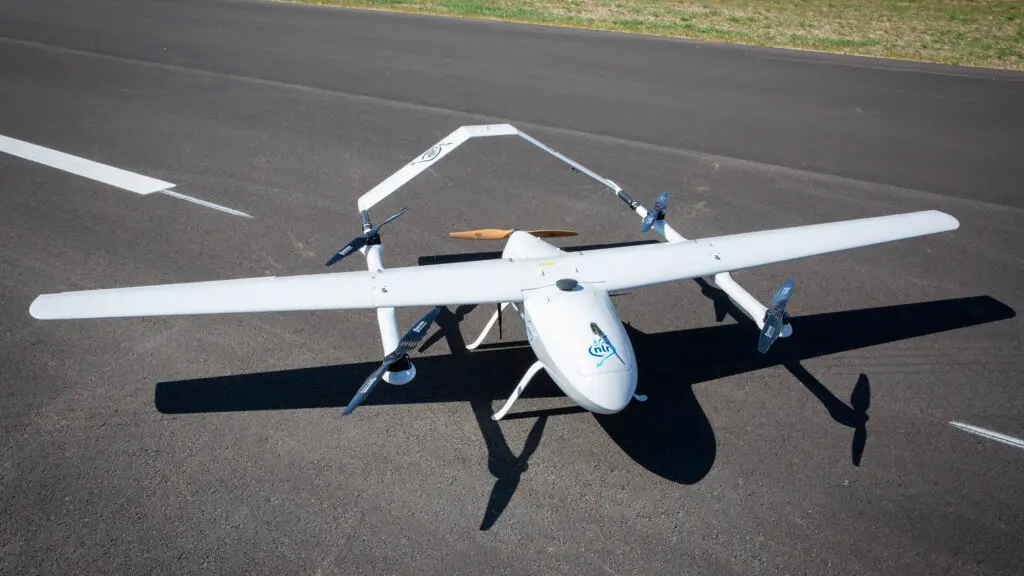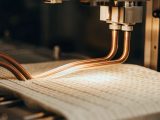
Hydrogen Production Leap: NLR’s HYDRA-2 Completes First Dutch Liquid Hydrogen Drone Flight
August 27, 2025Ever thought battery-powered drones were the ultimate solution for emission-free flight? Well, guess what: the Netherlands Aerospace Centre (NLR) just flipped the script with liquid hydrogen. On August 18, 2025, their HYDRA-2 drone took off in the Netherlands on nothing but a cryogenic liquid hydrogen system. Teaming up with Cryoworld, this breakthrough opens doors to longer missions, full-on zero-emission technology operations and even hints at manned hydrogen flights on the horizon.
Breakthrough Test Flight
The HYDRA-2’s debut unfolded at NLR’s North Holland test site, a hotbed of aerospace know-how. Piloted remotely, the drone climbed without a hitch and settled into a smooth, stable forward cruise—outlasting its battery-electric and compressed-gas cousins. The real star? Cryoworld’s vacuum-jacketed composite tank. It held hydrogen at a frosty –253°C, slashed boil-off losses and kept pressure rock-solid throughout. This wasn’t just a first for the Netherlands; it’s a clarion call for regulators and policymakers to craft standards around sustainable energy fuels.
Inside the Technology
So, what’s under the hood? HYDRA-2 packs a lightweight, vacuum-jacketed composite tank built from carbon fiber reinforced polymers with next-gen liners. Multi-layer insulation fends off heat, limiting boil-off to just a few percent per day. Compared to metal vessels, it’s about 30% lighter—freeing up weight for extra hydrogen storage or mission-specific payloads. Thanks to Cryoworld’s engineering chops, the tank checks all the boxes for aviation safety: pressure, impact resistance and thermal cycling.
From the tank, liquid hydrogen feeds a hydrogen fuel cells stack—specifically, a proton exchange membrane fuel cell (PEMFC) module that splits H₂ into protons and electrons to generate clean electricity. That power drives an efficient electric motor, with water vapor as the only byproduct. Even the waste heat gets a second life via a thermal management loop, boosting efficiency and cutting back on extra cooling needs. In flight, a web of sensors feeds live data—temperatures, pressures, flow rates—to an onboard computer that tweaks power delivery on the fly. With up to five times the specific energy of batteries, hydrogen fuel cells give HYDRA-2 a serious edge on endurance missions.
Evolution of Hydrogen Aviation
Hydrogen in aviation isn’t new, but storage has long been the roadblock. Back in 2019, NLR’s HYDRA-1 demo used compressed hydrogen, and while fuel cells worked, high-pressure tanks limited airtime. Switching to liquid hydrogen cranks up energy density—around 120 MJ/kg versus 5 MJ/kg for top-tier batteries—unlocking missions that were previously science fiction. Adapting cryogenic materials and insulation from space applications to continuous flight conditions wasn’t trivial, but HYDRA-2 bridges the gap between niche R&D and scalable, real-world ops.
Worldwide, from big research hubs to nimble startups, everyone’s racing to validate hydrogen propulsion for drones and small aircraft. By running liquid hydrogen in a real-world demo, NLR delivers crucial insights on handling, safety and performance—fueling the collective push toward decarbonized flight.
Strategic Implications for Decarbonization
Let’s face it: aviation accounts for roughly 3% of global CO₂ emissions, and the sector is aiming for near-zero by mid-century. That’s where green hydrogen, born from renewable-powered hydrogen production, steals the show. It’s the genuine article in zero-emission technology—only water vapor exits the engine. NLR’s HYDRA-2 success offers a clear blueprint for airlines, manufacturers and regulators looking to ditch fossil jet fuels.
In the Netherlands, which is busy building out its hydrogen infrastructure, HYDRA-2 can inform national strategy. Imagine regional airports doubling as liquid hydrogen hubs—serving drones, urban air taxis and eventually short-haul airliners. Cracking large-scale hydrogen storage and fueling logistics could also spill over into greener shipping and heavy transport.
On the global stage, NLR’s findings feed into ICAO working groups and other forums, shaping certification frameworks for hydrogen-powered aircraft. Sharing real-world data on tank performance, boil-off management and fuel cell reliability smooths the path to international approval.
Challenges on the Horizon
Of course, it’s not all smooth sailing. Rolling out liquid hydrogen refueling stations demands heavy investment in cryogenic storage, transport and ground support equipment. Without a robust supply chain, adoption could stall. Regulators must strike a balance between safety and innovation when drafting rules for tank certification, maintenance and emergency response.
Technically, minimizing boil-off during ground holds is essential—small losses can disrupt mission plans. Maintaining strict hydrogen purity is another must, since contaminants can degrade fuel cell catalysts. On the production side, scaling up hydrogen production through renewable-powered electrolysis still carries a premium, although costs are dropping as capacity grows.
Every successful demo like HYDRA-2 chips away at these barriers—providing data, building trust and lighting the way for the next steps.
What’s Next?
NLR’s Quick Response Drone Facility is gearing up for rapid-fire testing to stretch HYDRA-2’s flight envelope—longer missions, varied payloads and fresh use cases. Partnerships with OEMs aim to scale the tank design for two-seater demonstrators, targeting manned hydrogen flights by late 2025. Meanwhile, Cryoworld is developing next-gen tanks with even lower boil-off and higher capacity. Joint workshops and live drills with regulators will fine-tune operational protocols. If all goes to plan, hydrogen-powered regional flights could be reality by decade’s end.
About the Netherlands Aerospace Centre (NLR): NLR is the Dutch government’s aerospace research arm, championing sustainable energy, safety and pioneering innovation. Collaborating with industry and academia, NLR advances flight technologies across drones, crewed aircraft and space.
About Cryoworld: Cryoworld, based in the Netherlands, specializes in cryogenic systems for liquid hydrogen and other supercooled fluids. Their composite storage solutions drive breakthroughs in aerospace, energy and scientific research around the globe.



 With over 15 years of reporting hydrogen news, we are your premier source for the latest updates and insights in hydrogen and renewable energy.
With over 15 years of reporting hydrogen news, we are your premier source for the latest updates and insights in hydrogen and renewable energy.